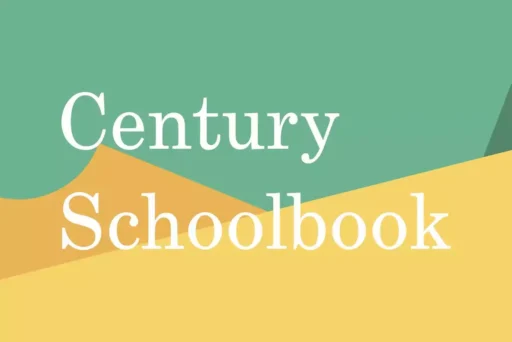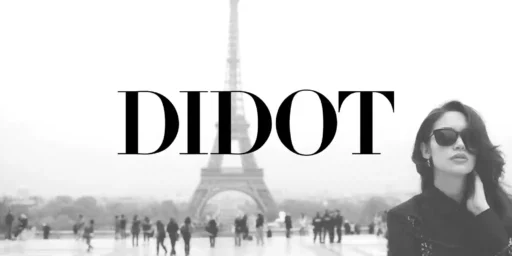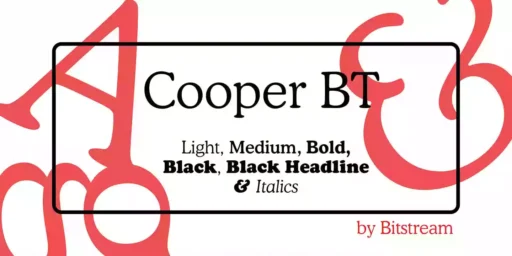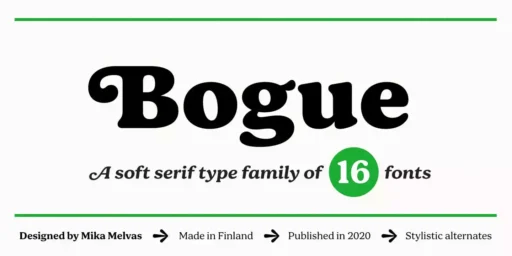Century Schoolbook, a classic serif font that appeared in the 1920s, is an ATF (American Type Founders) type invented by Morris Fuller Benton in 1919. Benton invented it and used it mainly to produce textbooks and educational material. On the one hand, its classic design and very acceptable readability are its advantages in offering many more applications beyond educational applications.
The American Type Founders (ATF) created the Century Schoolbook typeface for use in education and publishing. At this time, Benton, a noted designer in his early days, introduced several popular typefaces that may have inspired him to design a font that would be not merely outstanding but appealing to the eye.
The symbolic architectonics of serif letters, minimal variations in stroke thickness, and gentle curves ensure the fonts’ classical and featured look. The x-height, ascenders, and descenders will influence the font’s temperament, constituting its peculiarity. Century Schoolbook somehow manages to keep its image presentable. Writers, editors and publishing houses usually prefer serif fonts with certain elegant features.
Characteristics of Century Schoolbook
Century Schoolbook’s specific serif feature and stroke make it a timeless font. The letterform’s subtly curved serifs, which discreetly end the projections, thus radiate tranquillity and aesthetic. This achieves the primary design goal—the evenness of the running and zigzag motives, making it stand out visually.
The font’s x-height is also admirable since it can be used for every letter size while maintaining readability and legibility. The proportion of the x’s height in the lowercase letters is harmonious; thus, this correctness provides consistency in the whole alphabet.
Because of its figure, Century Schoolbook stands out as a well-read, easily understandable font. Verily, serif fonts with certain elegant features are usually preferred by writers, editors and publishing houses. It offers a wide range of design options that users can combine with other fonts in addition to its humanistic portraits and balanced ratios.
Century Schoolbook – a Typeface in Your Design Projects
Century Schoolbook is so multifaceted that its digital and physical products use it. However, creating the greatest legible and consistent typography experience in the professional field involves taking care of platform-specific rendering and anti-aliasing recommendations.
Text displayed on screens of different resolutions and devices impacts the legibility and perception of Century Schoolbook. Font developers should mind at least hinting, which is a technology to re-shape the font outlines, making the output crisp and clear, especially the smaller sizes. Moreover, anti-aliasing methods can boost readability on digital displays by rounding-off the sharp corners of the letter configurations.
In the print medium, factors like paper quality, ink, and printing method affect Century Schoolbook’s appearance. Reproducing continuous ink coverage, an appropriate font size, and ideal line spacing is crucial to maintaining traditional font elegance and readability on printed materials, including books, magazines, and advertising materials.
By resolving these technical matters and defining the specific way of use in electronic and print media, the designer can achieve a high-quality font representation and ensure visual comfort and convenience for the user.
What’s Included
- Century Schoolbook Roman
- Century Schoolbook Italic
- Century Schoolbook Bold
- Century Schoolbook Bold Italic
Century Schoolbook Font Free Download








FAQ’s
What is Century Schoolbook Typeface?
Century Schoolbook is a serif typeface manufactured by Morris Fuller Benton in 1917. It is a classic font most used in designing print.
What are the font tips for using Century Schoolbook?
Employing Century Schoolbook typeface, you may do the following: use it in larger sizes for titles and headlines, pair it with a sans serif font for contrast, and zoom in and out the tracking and kerning for better readability.
What are some common uses for Century Schoolbook font?
Century Schoolbook typeface is a favourite in the setting of books, printed magazines and newspapers. Branding and advertising materials often incorporate its use.
What are some alternatives to Century Schoolbook font?
There are a few fonts similar to Century Schoolbook, such as Garamond, Baskerville, or Times New Roman, as some alternates.






